Retro Replay Review
Gameplay
Road to India: Between Hell and Nirvana delivers a classic point-and-click adventure experience powered by a fully 3D environment with 360° rotation. Players guide Fred Reynolds through crowded bazaars, palace corridors, and hidden underground passages using a context-sensitive cursor that adapts to walking, examining, and interacting. The interface is intuitive, allowing you to combine objects, talk to NPCs, and solve environmental puzzles without endless menu diving.
(HEY YOU!! We hope you enjoy! We try not to run ads. So basically, this is a very expensive hobby running this site. Please consider joining us for updates, forums, and more. Network w/ us to make some cash or friends while retro gaming, and you can win some free retro games for posting. Okay, carry on 👍)
The puzzle design often leans on cultural details and historical lore, requiring you to decipher cryptic Thug codes, navigate temple traps, and barter for key items in local markets. Although some puzzles can be obtained through trial and error, a healthy dose of observation—listening to overheard whispers in New Delhi taverns or examining ancient carvings at the Taj Mahal—will guide you naturally toward solutions. There’s a satisfying balance between inventory-based puzzles and logical challenges, keeping the pace steady across your three-day race to save Fred’s girlfriend.
Movement and navigation are handled smoothly, but at times the free-look system can be awkward when pinpointing small, interactive hotspots. A quick tap of the rotate button helps reset the view when you get disoriented, but there are moments when you’ll spin in circles trying to find that one elusive lever. Fortunately, the developers included a hint system that nudges you toward the next objective without spoiling the entire solution, making it accessible for both adventure veterans and newcomers.
The overall challenge ramps up organically as the story unfolds: early tasks like gathering a taxi fare give way to tense infiltration sequences in Thug hideouts. Players must juggle inventory management, conversation choices, and time constraints—every action advances the clock toward a climactic final day. This constant sense of urgency heightens immersion, making each step toward the final rescue feel earned.
Graphics
Visually, Road to India stands out with its richly detailed 3D environments that transport you to the heart of late-20th-century India. The digital re-creations of New Delhi’s bustling streets, the serenity of the Taj Mahal at dawn, and the dusty lanes of small desert towns are rendered with vibrant textures and atmospheric lighting. Architectural flourishes—intricate stone inlays, colorful prayer flags, and carved wooden doorways—add authenticity to every scene.
Character models, however, vary in quality. Main protagonists and key NPCs feature relatively smooth animations and expressive facial details during close-up conversations. In contrast, some background characters exhibit stiffer movements and less detailed textures, which can momentarily break immersion when they move en masse. Still, in most situations, the game’s cinematic camera angles mitigate these inconsistencies by focusing on story moments rather than background crowds.
Environmental effects, such as heat haze shimmering off desert sands and dynamic shadows cast by palm trees, demonstrate the developers’ commitment to atmosphere. Ambient sounds—distant traffic, prayer chants, and temple bells—blend seamlessly with the visuals, enhancing each locale’s unique identity. Occasional frame rate dips occur in highly populated or graphically dense areas, but they rarely disrupt the flow of exploration and puzzle-solving.
Story
At the heart of Road to India lies a straightforward but emotionally resonant narrative: Fred Reynolds’ desperate quest to rescue his girlfriend, held captive by the enigmatic Thugs. This Hindu sect, infamous since colonial times, provides a chilling antagonist force rooted in historical intrigue. From your first encounter with a clandestine informant in Old Delhi to deciphering Thug manuscripts in hidden shrines, the plot gradually reveals layers of betrayal, redemption, and cultural mysticism.
Fred is portrayed as an everyman—an American student far from home, driven by love and panic rather than combat prowess. This vulnerability makes him relatable and grounds the adventure in human stakes. Dialogues with local allies, such as a streetwise guide and a renegade historian, deepen the plot by exposing conflicting loyalties within India’s social tapestry. Each character feels purposeful, contributing clues or companionship at key moments rather than serving as disposable quest-givers.
The three-day time limit infuses the story with palpable tension. Cutscenes and in-engine dialogue mark the passage of time, underscoring the ticking clock as Fred races from sunrise prayers at the Taj Mahal to moonlit chases through narrow alleyways. Subplots involving Thug rituals and colonial-era secrets tie neatly into the main narrative, rewarding players who explore optional dialogues and hidden journals scattered throughout the game’s world.
Though the storyline follows a fairly linear path, occasional branching conversations offer small, meaningful choices—will you trust a dubious informant or seek out a local scholar? These decisions don’t radically alter the ending but add replay value and a sense of agency. The climax, a tense showdown in an ancient fortress, is both cinematic and earned, concluding Fred’s journey on a note that balances triumph with lingering questions about cultural understanding and forgiveness.
Overall Experience
Road to India: Between Hell and Nirvana is a captivating blend of cultural exploration and classic adventure gameplay. Its immersive settings and well-crafted puzzles will appeal to fans of narrative-driven experiences who appreciate a sense of place as much as compelling mechanics. The time-sensitive storyline injects urgency without feeling punitive, while the hint system eases newcomers into the genre’s traditional challenge curve.
Performance is generally solid on modern systems, with occasional graphical hiccups that are outweighed by the game’s strong visual design and evocative soundscape. The music score, featuring traditional Indian instruments and haunting melodies, underscores emotional highs and lows, drawing you deeper into Fred’s desperate quest. Voice acting ranges from adequate to impressive, with lead performances capturing the fear and determination at the heart of the story.
While some may find the occasional backtracking and hotspot hunts a relic of ’90s adventure design, these elements also evoke a sense of nostalgia for veterans of the genre. For new players, the interface is approachable, and the in-game journal helps keep track of clues, objectives, and cultural notes collected on your journey. A built-in gallery unlocks concept art and storyboards, offering a behind-the-scenes look at the creative process.
In conclusion, Road to India offers a memorable, globe-trotting adventure that combines historical intrigue, emotional stakes, and thoughtful puzzle design. Whether you’re drawn by the exotic locales, the ticking-clock narrative, or the satisfying challenge of unraveling ancient mysteries, this title stands as a strong recommendation for anyone seeking an immersive point-and-click experience with global flair.
 Retro Replay Retro Replay gaming reviews, news, emulation, geek stuff and more!
Retro Replay Retro Replay gaming reviews, news, emulation, geek stuff and more!
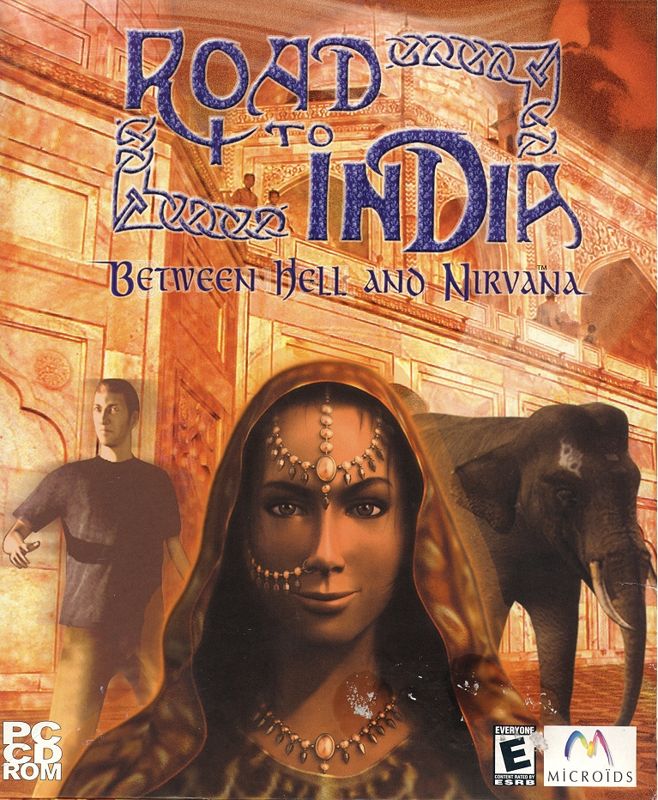
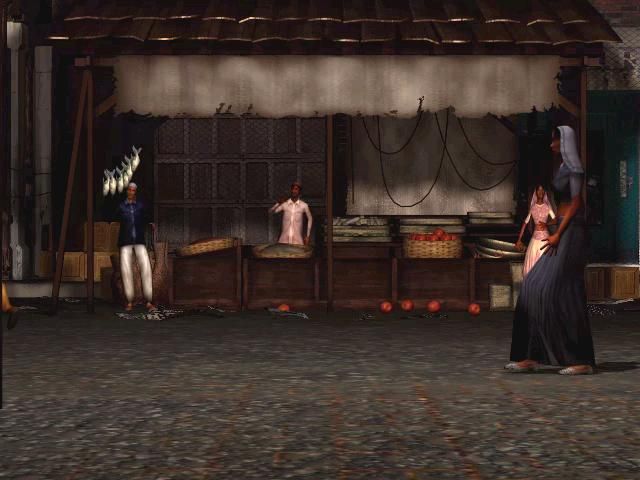
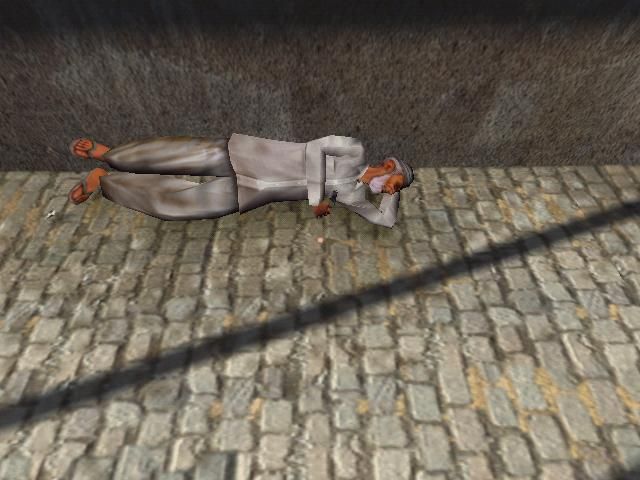
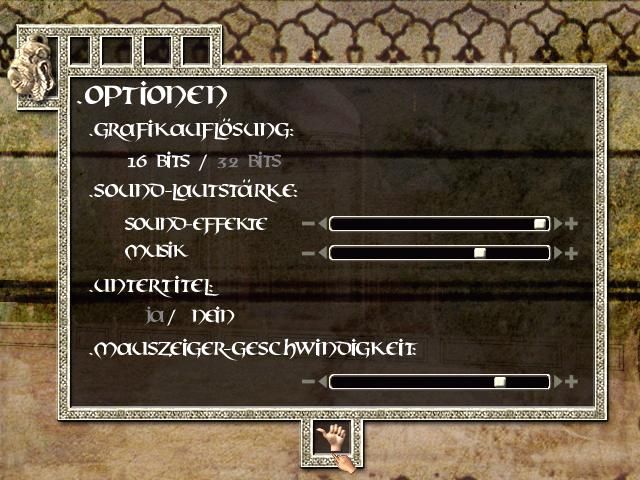
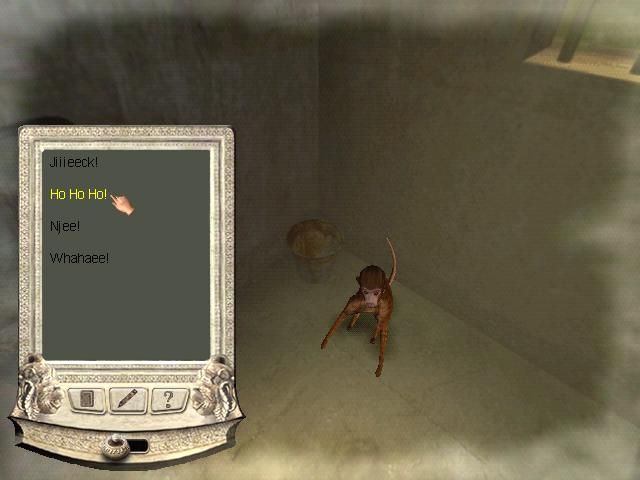
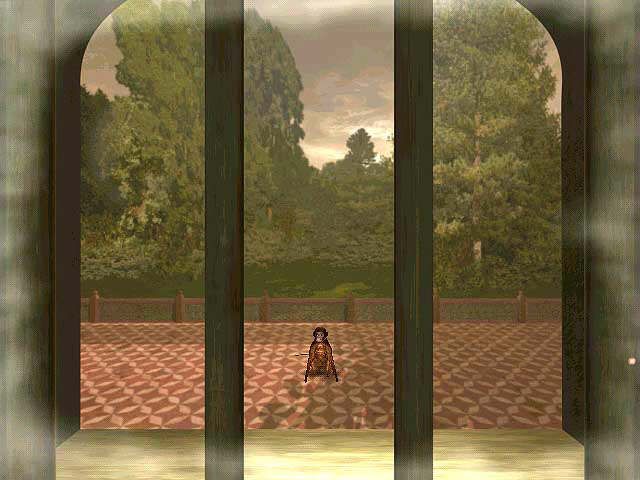



Reviews
There are no reviews yet.